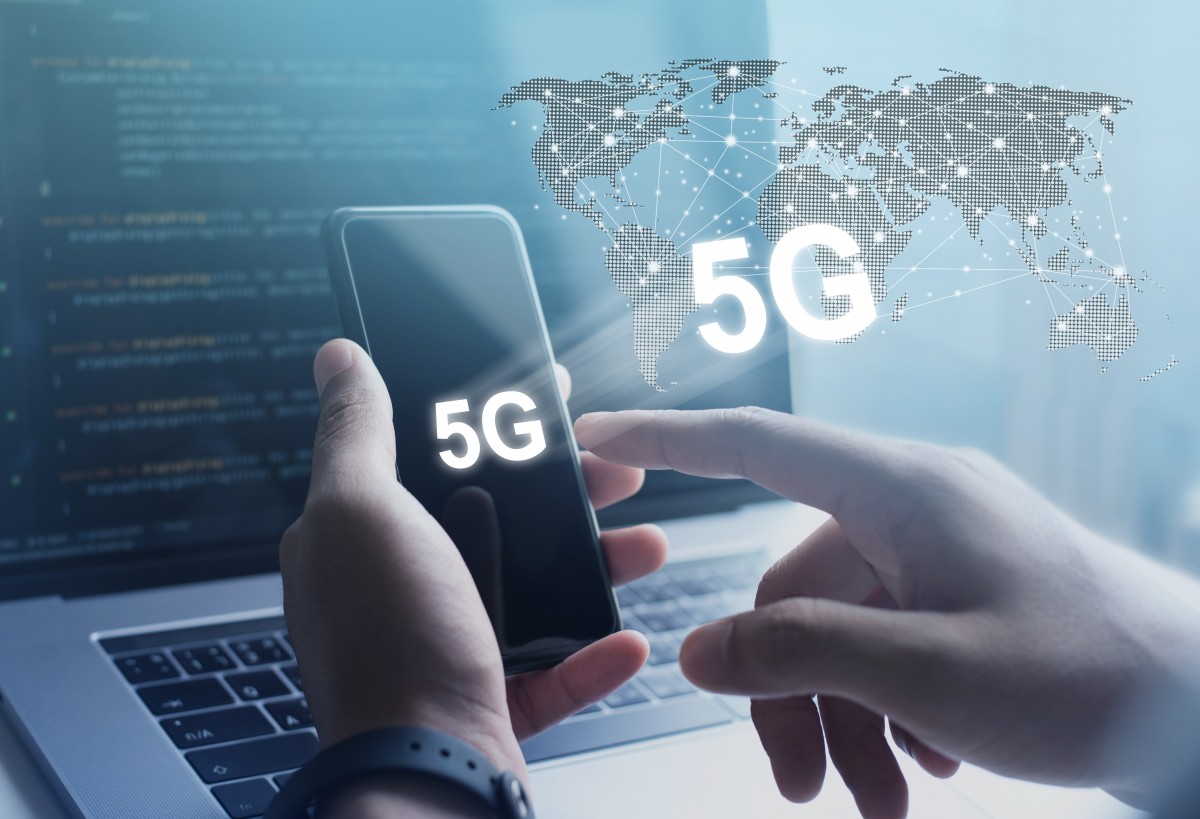Nokia has hit a milestone in the delivery of enhanced 5G capacity via a software upgrade on Nokia’s commercial AirScale solution. The lab test delivered approximately 3Gbps total downlink cell throughout and was performed using Sprint 5G with a software upgrade of E-UTRAN New Radio - Dual Connectivity (EN-DC) and Multi-User-Multiple Input Multiple Output (MU-MIMO) – the first time this has been achieved. When the service is made commercially available, it will allow operators to vastly increase their network capacity via a software update without having to invest in additional spectrum.
The test, which utilized Sprint’s 2.5 GHz spectrum as well as commercial devices such as hotspots, leveraged Massive MIMO to achieve 16 layers of MU-MIMO to deliver up to four times the total downlink cell throughput. Typically MIMO consists of 2 layers of network capacity. Massive MIMO, which was invented by Nokia Bell Labs, considerably multiplies the capacity of a wireless connection without requiring additional spectrum. Nokia’s AirScale Dual Mode Massive MIMO for 5G and LTE solution was used to deliver multi-gigabit cell downlink throughput. The service uses existing hardware but requires an upgrade to the software in the base station which can be performed remotely. This means that operators will be able to offer enhanced services without any requirement for site visits to change hardware or transport.
EN-DC allows devices to add throughput to LTE and 5G networks – resulting in higher user throughput. Typically, operators use two radios for LTE and 5G, however, for this test Nokia used a single AirScale unit. Nokia and Sprint have launched 5G service in areas of four cities in the U.S, which are New York, Los Angeles, Washington DC and Phoenix.
Tommi Uitto, President of Mobile Networks, Nokia, commented: “This is the latest achievement from our long-standing relationship with Sprint. The demand for 4G and 5G mobile data continues to rise exponentially and this impacts network capacity. This test is an important milestone as it will help operators to vastly increase capacity now and in the future, helping to deliver excellent customer experiences while keeping costs to a minimum.”




